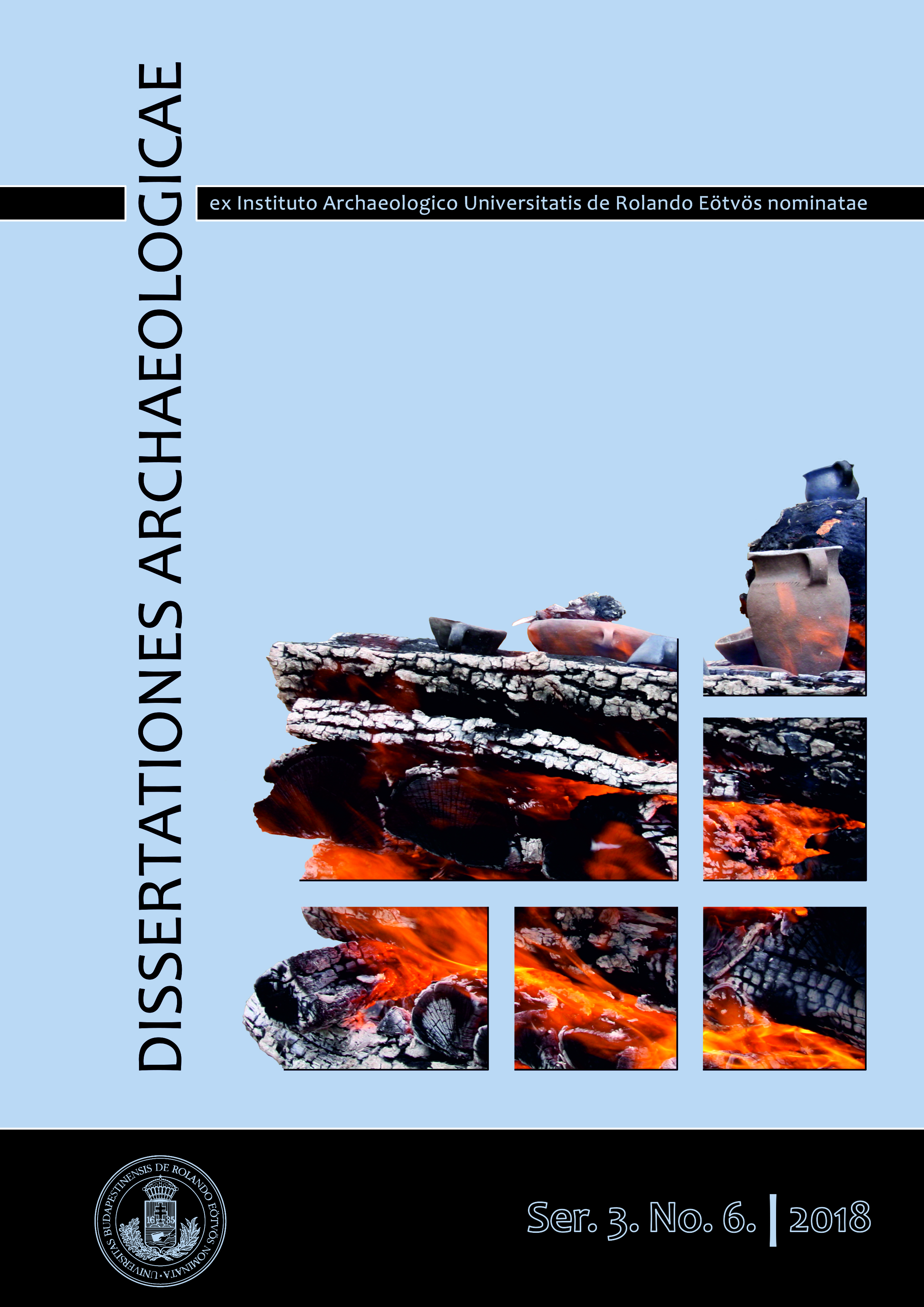A New Method in Attribution? Attempts of the Employment of Geometric Morphometrics in the Attribution of Late Archaic Attic Lekythoi
Published 2019-04-08
How to Cite
Abstract
In the Late Archaic - Early Classic period, the Attic ceramic industry was characterized by a kind of duality. On the one hand, the red-figure technique was flourishing, when Euphronios’, Douris’ or the Berlin Painter’s works represented the height of Greek vase painting. On the other hand, the market was also covered by large quantities of low-quality black-figure pottery. Not only in Athens, but even in the whole Ancient Mediterranean these mass-produced vessels emerge constantly, even from modern excavations. Therefore, in contrast to most vases of more talented painters they can be attached to an archaeological feature or layer. Due to their inadequate style, relatively few characteristics can be determined while looking at the painting. Thus, the manufacturing criteria, such as the details of the shapes, are more important in the attribution. In this paper, I study the late black-figure lekythoi of the Museum of Fine Arts in Budapest with the help of geometric morphometrics using 3D reconstructions.

